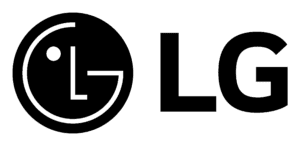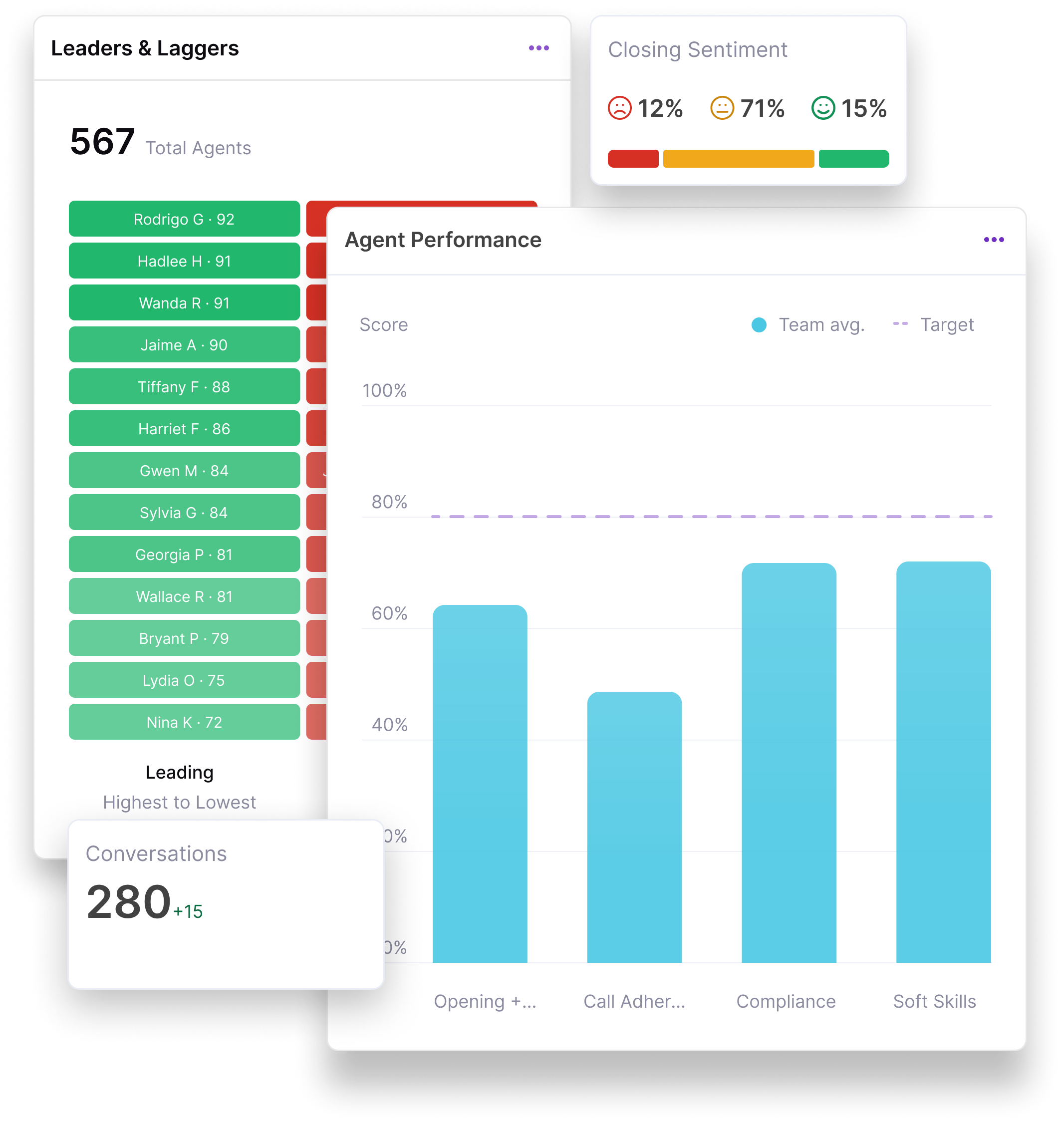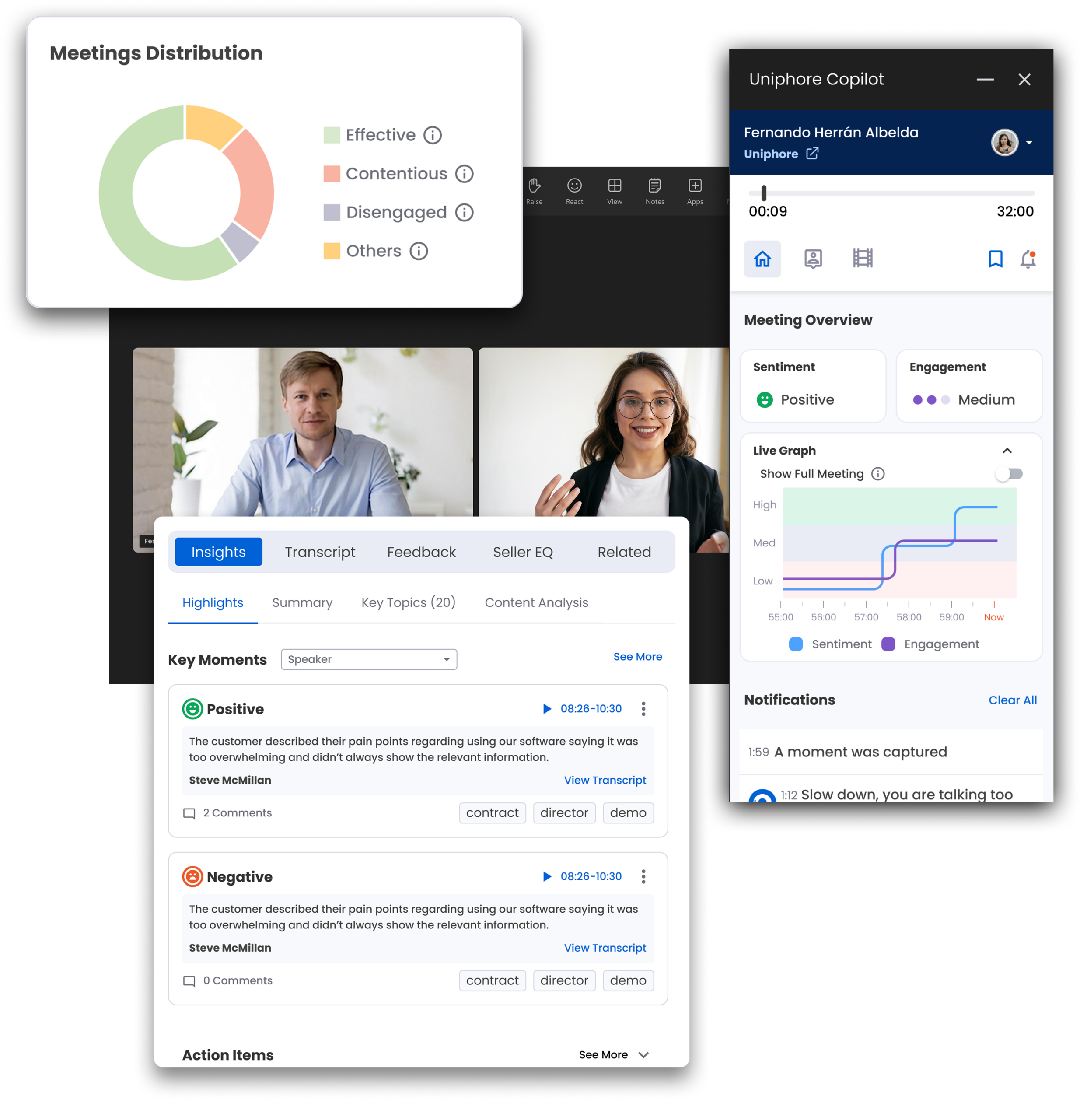Uniphore Named a Leader in the IDC MarketScape
Worldwide Retail Customer Data Platforms 2025
Get the excerptUniphore is The Business AI Company
Bridge the AI divide between enterprise IT and business users
Get the guideIntroducing the Uniphore
Business AI Cloud
A Sovereign, Composable, and Secure AI platform spanning data, knowledge, models, and agents.
Learn moreNew Uniphore Business AI Suite – Marketing AI
Providing AI-powered automation to marketers
Learn MoreBusiness AI. Business Outcomes.
Driving Business Outcomes for Thousands of End Customers






Introducing Uniphore Business AI
Uniphore bridges the AI divide between IT and business users by combining the simplicity of consumer AI with enterprise-grade security and scalability.
Unlike consumer tools that lack enterprise context and control, or technical AI frameworks designed only for developers, Uniphore’s Business AI Cloud empowers both CIOs and business users by unifying agents, models, knowledge, and data into a single platform that is sovereign, composable and secure.
The Uniphore Business AI Cloud – Sovereign, Composable, and Secure
We enable businesses to rapidly adopt, significantly transform and immediately unlock value through our Business AI Cloud that is sovereign, composable and secure.
SOVEREIGN
Supports cloud, multi-cloud, and on-premises deployments of enterprise AI agents and apps. Our platform allows enterprises to retain full control over their data, models, and AI workflows. Through a unique Zero-copy architecture, Uniphore ensures data remains in place.
COMPOSABLE
Integrates with existing enterprise technology and data stacks and connects to any AI data source, model, or application. This flexibility enables deployment without lock-in to a specific vendor, model, or architecture.
SECURE
Embed AI-specific protections, including guardrails to control model behavior, observability, granular governance, adversarial prompt defense, and ongoing red-teaming to ensure system resilience and compliance.
The Uniphore Business AI Cloud
A Complete AI Stack
Power the agentic enterprise with a full-stack AI platform spanning data, knowledge, models, and agents. Empower business users to deploy AI agents and tap into enterprise knowledge instantly, while proving CIOs the foundation to deliver secure, embedded AI apps trained on enterprise data.





Agentic Layer: Develop, deploy and manage AI agents that automate complex business processes using a natural language builder and orchestration layer.
Learn more
Model Layer: Orchestrate and govern any model with a flexible,
interoperable layer that supports both closed- and
open-source LLMs.
Learn more
Knowledge Layer: Structure and contextualize enterprise data into AI-
ready knowledge retrieval, enabling proprietary SLM
fine-tuning.
Learn more
Data Layer: Activate enterprise data instantly with a zero-copy data fabric – no copies, no migrations, no complexity.
Learn more
The Uniphore Business AI Cloud – Platform Foundations
On-Premises and Multi-cloud
Perpetual Self-Learning and Fine-Tuning
Intuitive and Engaging User Experience
Comprehensive and Complete
The Uniphore Business AI Suite
Business AI Apps and Agents
From intelligent applications in the contact center to agents powered by rich customer data for marketing, sales, and operations—Uniphore delivers AI agents that are deeply integrated, data-aware, and outcome-driven across the enterprise.
People AI
AI Agents that supercharge the hiring process by automating prep, improving candidate conversations, and helping recruiters focus on building meaningful relationships.
- Recruiting Agent
Customer Service AI
AI Agents that support, guide, and optimize every conversation—before, during, and after the interaction.
- Real-time Guidance Agent
- Conversation Insights Agent
- Self-Service Agent
- communication Recording Agent
Marketing AI
AI Agents that activate customer data to drive personalized engagement, orchestrate campaigns, and maximize ROI across every channel.
- CDP Agent
- Audience Agent (coming soon)
- Marketing Insights Agent (coming soon)
- CDP Search Agent (coming soon)
Sales AI
AI Agents that help sales teams listen better, learn faster, and close more—by turning every conversation into a competitive advantage.
- Sales Interaction Agent
People AI
AI Agents that supercharge the hiring process by automating prep, improving candidate conversations, and helping recruiters focus on building meaningful relationships.
- Recruiting Agent
Customer Service AI
AI Agents that support, guide, and optimize every conversation—before, during, and after the interaction.
- Real-time Guidance Agent
- Conversation Insights Agent
- Self-Service Agent
- communication Recording Agent
Marketing AI
AI Agents that activate customer data to drive personalized engagement, orchestrate campaigns, and maximize ROI across every channel.
- CDP Agent
- Audience Agent (coming soon)
- Marketing Insights Agent (coming soon)
- CDP Search Agent (coming soon)
Sales AI
AI Agents that help sales teams listen better, learn faster, and close more—by turning every conversation into a competitive advantage.
- Sales Interaction Agent
People AI
AI Agents that supercharge the hiring process by automating prep, improving candidate conversations, and helping recruiters focus on building meaningful relationships.
- Recruiting Agent
Recognized as a Leader



Our Customers, Their Outcomes

"Sales Interaction Agent really extended our sales management organization. It has provided great insights for a more successful sales process. Being able to see how great our sales team is has just given me confidence that we’re meeting our clients where we need to."
Shawn Mills
President
"With our previous solution which was not composable, data movement was expensive, performance within the system lagged and it just could not keep up with our scale."
Glen Shillinglaw
Former Global Head of Marketing Operations
"Once our customer data was all in one place, we needed a robust solution that could unlock that intelligence to our marketers quickly, enabling them to activate and orchestrate personalized experiences in the right channels at the right time. We were able to not only accelerate campaign deployment, but also optimize our marketing spend."
Todd Harrison
Senior Vice President of Digital Marketing

"If you're looking for an Enterprise AI tool that is easy to use, a support team dedicated to helping you meet your goals, and high reliability of an IVA, then Uniphore is your vendor of choice"
Shannon Strahan
Business Intelligence Manager

"Sales Interaction Agent really extended our sales management organization. It has provided great insights for a more successful sales process. Being able to see how great our sales team is has just given me confidence that we’re meeting our clients where we need to."
Shawn Mills
President
"With our previous solution which was not composable, data movement was expensive, performance within the system lagged and it just could not keep up with our scale."
Glen Shillinglaw
Former Global Head of Marketing Operations
"Once our customer data was all in one place, we needed a robust solution that could unlock that intelligence to our marketers quickly, enabling them to activate and orchestrate personalized experiences in the right channels at the right time. We were able to not only accelerate campaign deployment, but also optimize our marketing spend."
Todd Harrison
Senior Vice President of Digital Marketing

"If you're looking for an Enterprise AI tool that is easy to use, a support team dedicated to helping you meet your goals, and high reliability of an IVA, then Uniphore is your vendor of choice"
Shannon Strahan
Business Intelligence Manager

"Sales Interaction Agent really extended our sales management organization. It has provided great insights for a more successful sales process. Being able to see how great our sales team is has just given me confidence that we’re meeting our clients where we need to."
Shawn Mills
President






